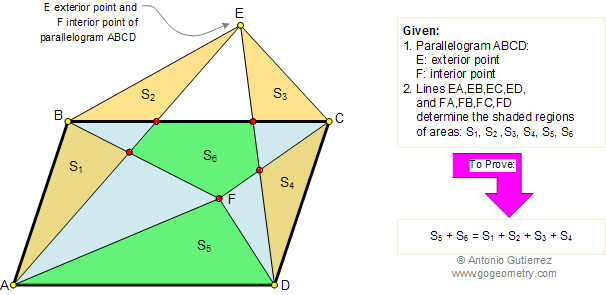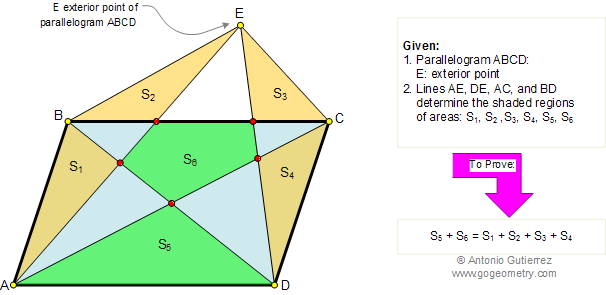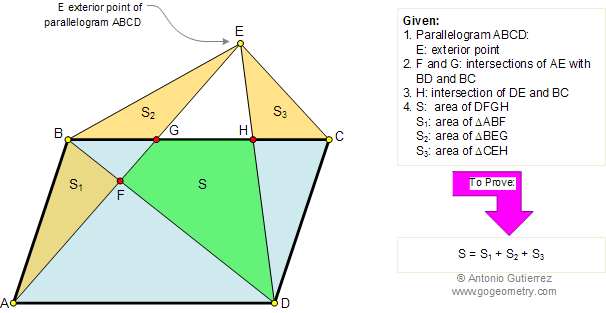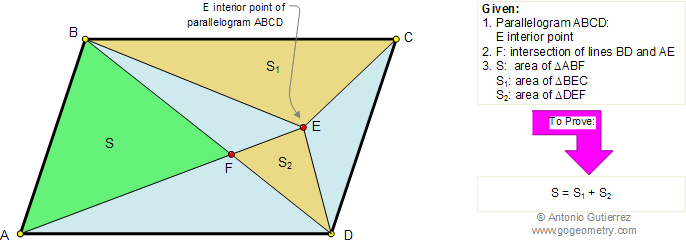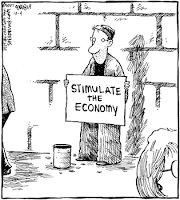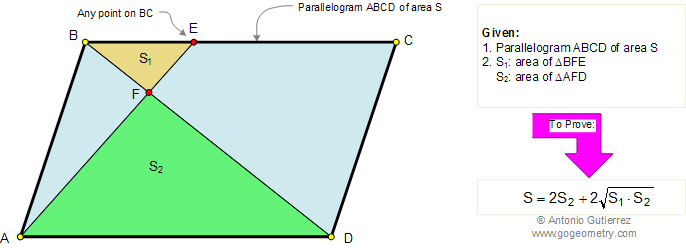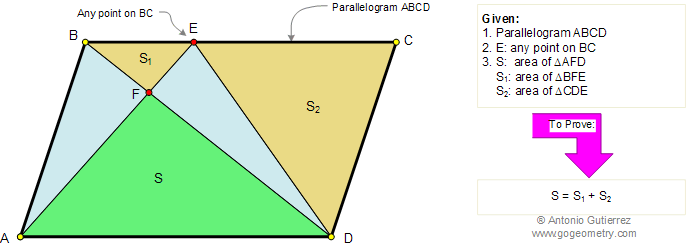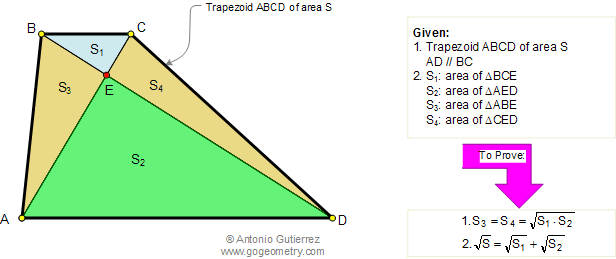 These last few days have seen another round of bickering between the USA and Venezuela, and the bone being picked at is drugs. Again.
These last few days have seen another round of bickering between the USA and Venezuela, and the bone being picked at is drugs. Again.- US Drugs Czar John Walters (note to self; must check if that's the same guy who directed Hairspray) last week said Venezuela wasn't doing enough to stop drug trafficking, and part of the problem is that Venezuela denies entry visas to his DEA troops. Again.
- Venezuela replies, saying that the arrogance of DEA agents that both demand a visa and specify which day they want to arrive in Venezuela shows no sovereign respect and wouldn't go down well anywhere. Again.
- And the DEA say that Venezuela has been a major problem since they were kicked out three years ago. Again.
- And Venezuela says the DEA agents were kicked out because they were corrupt and part of the trafficking problem, not the solution. Again.
- So the two sides bicker like little children...one as bad as the other...and thing kind of boils up and we get stupid "Chávez Kills Our Firstborns" headlines. Again.
1) They know where it's grown, and coca bushes tend to stay in the same neighbourhoods as where you plant them.
2) They know where it's consumed, and the people tend to stay in the same neighbourhoods as where you put them.
3) But the blame is constantly levelled at the governments of the places where the cocaine passes through, which probably involves planes, trains and automobiles (and high powered boats, and submarines, and cargo containers and bicycles for all I know) that move quickly and are harder to pin down than...let's say....a bush. Or a zapped out cokehead.
Also, a lot of fingers are wagged at the (small) amount of drugs seized inside Venezuela. The latest batch of numbers used for the fingerwagging are "256 tonnes" (amount of cocaine the US thinks got shipped through Venezuela in 2007) and "34.15 tonnes" (the amount of drugs seized by Venezuelan anti-drugs dudes so far this year). Now I don't know whether those numbers are true, false or whatevs, but it's clear that the idea behind presenting the two numbers is to get you to say "Hah! Venezuela SUCKS at drugbustin".
But if we take Peru as our comparative to Venezuela we at least get a bit of context. In 2007 the UN estimated Peru's cocaine production at 290 tonnes. So far this year, the Peru authorities have seized 27 tonnes of merchandise. And remember this is a country where it's actually produced, not just a transport route. In fact it's second only to Colombia as world producer, but Chávez still gets the blame. I wonder why?* And talking of Colombia, the bulk of the world's cocaine is still produced there even though the US gov't has thrown over U$6.7Bn at Plan Colombia. What gives?
Well, one thing that gives is the Venezuela/Colombia border is controlled by ruthless Colombian right wing paramilitaries that are not prosecuted in the way that the just-as-bad FARC are, but even then we're scratching the surface of an extremely complex logistical process. Therefore, why get deep into an issue when we can dumb it all down and just blame Chávez?
So really, the only conclusion we can draw from these numbers is that those nasty cocaine guys are slippery little eels and tough to catch. Which is true everywhere, but especially true when you have the Peruvian government, judiciary and police forces in your pocket.
*Well, I don't really. Bit of irony on display.



